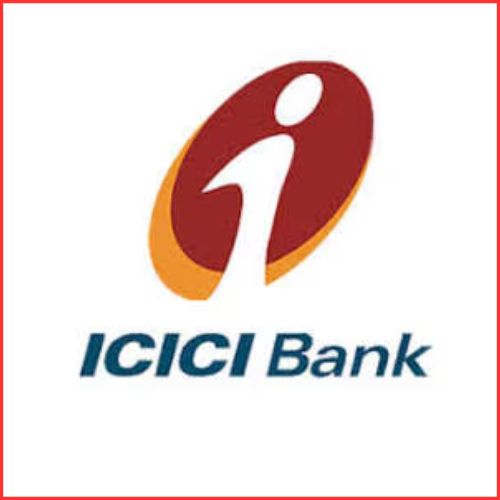It is essential to invest wisely for the days where we can be low on the money and to keep our future secure.Investors can enjoy the benefits of diversification by building a diversified investment portfolio that is diversified across different asset classes. Diversification between asset classes helps protect investors’ capital when one sector of the financial market is not functioning well.
A portfolio is a collection of investment instruments such as stocks, stocks, investment trusts, bonds, and cash, depending on the investor’s income, budget, and time frame.
There are two types of portfolios.
1. Market portfolio
2. Zero investment portfolio
Portfolio management is the management of an individual’s investment in the form of bonds, stocks, cash, investment trusts, etc., so that the maximum profit can be obtained within a set time frame.
Portfolio management refers to the management of personal money under the guidance of a portfolio manager expert.
In layman’s terms, the technology for managing an individual’s investment is called portfolio management.
There are different types of portfolio management too.
- Active portfolio management – In this the Portfolio managers are primarily concerned with generating maximum returns. Therefore, they have devoted a significant part of their resources to securities trading. Usually, they buy stocks when they are undervalued and sell them when their value increases.
- Passive portfolio management – This particular type of portfolio management is a type of management that matches perfectly with the trends of market. Managers are more likely to invest in index funds that offer low but stable returns that may appear profitable in the long run.
A portfolio manager is a person who understands the financial needs of a client and designs an appropriate investment plan based on their income and risk capacity is known as a portfolio manager.















